‘Temple Lamp’: A view of Ghalib’s rich cultural Persian inheritance
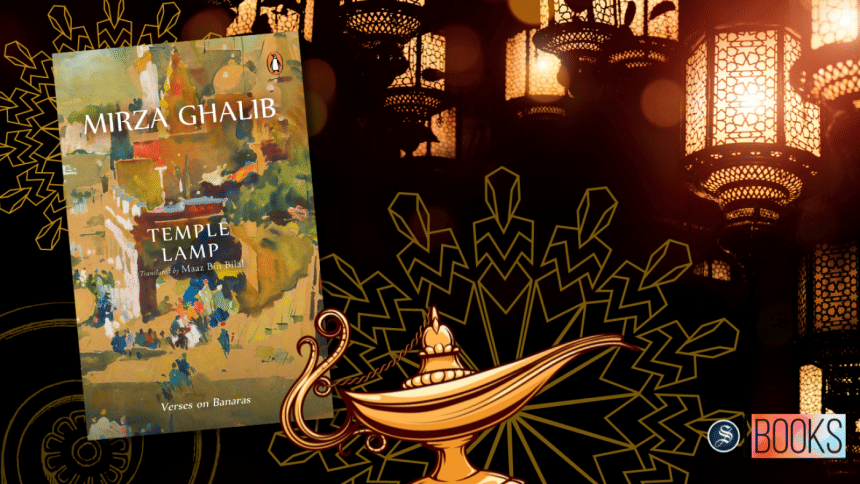
Mirza Beg Asadullah Khan, most famously known by his nom de plume "Ghalib", was a richly celebrated Urdu poet of the 19th century Mughal period, who produced an oeuvre of rare elegance both in Urdu and Persian. Although significantly prolific in Persian poetry, Ghalib's Urdu poetry overarches his Persian verses majorly for the reason of plummeting Persian readership, especially in India. However, Maaz Bin Bilal, an academic, translator, and a poet himself, undertook the daunting task of translating Ghalib's hitherto untranslated and important Persian text Chiragh-e-Dair, translated as Temple Lamp. This pristine English translation of masnavi, a genre of the long narrative poem in Persian, offers a view of Ghalib's rich "cultural Persian inheritance".
Temple Lamp is a long narrative poem eulogising the historical Indian city Banaras, where Ghalib sojourned while travelling to Kolkata to "present his pension case before the British Governor General". Maaz writes in the introduction, "[Ghalib's] arduous journey on foot, horseback, bullock cart, and boat from Delhi all the way to the capital at Calcutta, roughly a distance of 1,500 kilometers, took him over a year as he repeatedly fell ill. He stopped en route in Banaras, where he found physical and spiritual healing".
Ghalib's arduous journey to Kolkata via a long stay in Banaras marked a turning point in his poetic career; now, Ghalib proliferated his Persian poetry, while his Urdu poetry took a halt. During this journey, Ghalib produced one of his most significant Persian texts, Temple Lamp (Chiragh-e-Dair), that is regarded, as in the words of Mehr Afshan Farooqi, "as the finest poem of its kind on the allure of India's Mecca, Banaras". While Ghalib's compelling metaphors conjure up the city of Banaras as heaven, he concomitantly draws an affinity of syncretic culture between Hindus and Muslims, comparing Banaras with the holiest shrine of Islam, called the Kaaba:
"May God keep Banaras
from the evil eye.
It is heavenly bliss,
paradise established
The (supreme) place of worship for
the conch-blowers
surely, (Banaras) is the Kaaba
of Hindustan."
Ghalib seems so obsessively enamoured with Banaras that he explores its varied facets, offering a prismatic view of the city with a soothing poetic freshness. For Ghalib, the grandeur of Banaras even outshines his own dwelling place, Delhi: "Were the eyes of (Delhi's) dreams/ transfixed at Banaras". Temple Lamp, consisting of 108 verses, is an exploration of the poet's spiritual voyage into the "ancient temple city of magic". Amidst all the stifling chaos and hardships surrounding his life, Banaras offered the poet a solace with its spiritual and resuscitative power.
Maaz has not confined himself only to the job of a fine translator—his academic acumen is also reflected through his substantial critical introduction to the book. The detailed introduction, offering a critical understanding of Indo-Persian poetics, helps to comprehend the intricate text of Chirag-e-Dair in its English translation.
Mirza Ghalib is one of those poets, draped in greatness, who deserve to be constantly rediscovered by translators and critics. Maaz, as the translator, has done this job excellently in Temple Lamp. His introduction to the book offers a deeper historiographical contour about the poet and provides an interesting contour of Ghalib's poetry.
Ghalib's grief-stricken life brimmed with numerous personal losses and unenduring sufferings. However, his tenacity and perseverance against all odds of life make him a poet of a hope that glimmers in his verses. As the famous Palestinian poet, Mahmoud Darwish, says, "Even if there is no hope, we are obliged to invent and create hope", and this rings true in the context of Ghalib. He invents hope in his poetry, despite all grief and suffering, as he writes in Temple Lamp:
There is no dearth of space
to make a nest.
I will find a flowering bough
in a garden.
I welcome now
a flowering land,
spring settles here
on the horizon of heart
While on his expedition from Delhi to Kolkata, Ghalib, who was struggling with his destitution, fell ill and had to halt in Banaras till he recuperated. However, for the poet, Banaras emerged as a place of hope, verve, and flourishing, thus becoming "a flowering land". Although a sense of anguish and suffering can be an overarching leitmotif in his poetry, his illuminating optimism triumphantly intercepts the sorrows and pain inflicted upon him. And such marriage of elegiac intensity and sanguine hopes affords a delightful feast to Ghalib's readers.
Ghalib is one of those rare poets who wrote poetry in two different languages—Persian and Urdu—but he often gave preponderance to his Persian poetry. Whereas his Urdu poetry appears to be deeply abstract and difficult, with convoluted language to add, his Persian verses are more direct and movingly sharp, although they too develop into more profound meditation. Maaz's translation seems to carry the most possible sharpness and directness with his extraordinary prowess of translation, as it reflects in the following verses:
"I am the vein of stone,
my writing sparks
I am a fistful of dirt,
I write dust storms (of the heart)"
Edith Grossman, a great translator, says, "Translation is [a] strange craft, generally appreciated by writers, undervalued by publishers, trivialized by [the] academic world, and practically ignored by reviewers." However, I as a reviewer attempt to avoid committing the sin of ignoring translators' contributions in bringing Ghalib to life in English, and instead try to bring into focus the approach of the translator, Maaz, while translating Ghalib. Maaz, who is a Ghazal poet himself, attempts to make the translation more poetic and also chooses to leave a few words untranslated to carry the original tone of the text. In the introduction, Maaz translates an Urdu ghazal in order to unveil Ghalib's mastery of the ghazal form, illustrating his unique approach to translating Ghalib's poetry:
"A child's play is the world in front of me
Night and day, the tamasha is swirled in front of me"
Maaz's translation seems to hold a fidelity to the original text while omitting translating the word "tamasha". Thus, the translation interestingly tries to dovetail the contextual meaning with the original text. Translation should not mean a "robotic pairing" of two disparate language systems, though it is a process of transferring a context from one language to another.
Rendering Ghalib's poetry into English translation must be fraught with the challenge of untranslatability, but Maaz's translation is at its best when he effortlessly retains the original idea in his incisive language, as is evident here: "be it in spring, or in summer, or winter, / the weather here each season is that of heaven".
However, there are a few typos in the book, and though that can be ignored, it may sometimes mar elegance of such an impeccable translation. Regardless, Maaz seems to have laboured hard to reproduce such an important text with his exquisite skill of translation and thus making the anglophone readers familiar with Ghalib's important Persian work.
To translate Ghalib's work, a translator may require an overwhelmingly rigorous study of cultural references in the original text. Sometimes, connotations are also indispensable for a reader of the translated language to understand the text in its entirety. Maaz's translation provides such connotations for cultural references, making the text more comprehensible, and his work seems imbued with strenuous effort and academic discerning.
Temple Lamp is indeed a significant contribution in creating space, through translation, for the Indian poetic tradition in world literature. Maaz deservedly must be praised for his courageous deed of translating a poet as difficult as Mirza Ghalib. Such Indian poets seldom meet their anglophone readers as, sadly, they remain untranslated.
Dr Mohammed Farhan teaches English at Jamia Millia Islamia, India. Farhan reviews books for several international literary magazines, including Wasafiri and World Literature Today, and national dailies such as The Hindu, Hindu Business Line, and National Herald.

 For all latest news, follow The Daily Star's Google News channel.
For all latest news, follow The Daily Star's Google News channel. 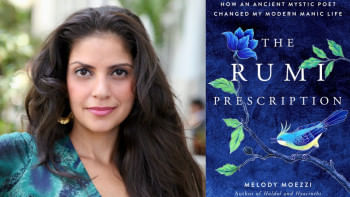
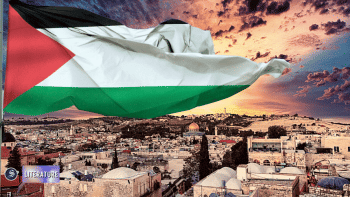
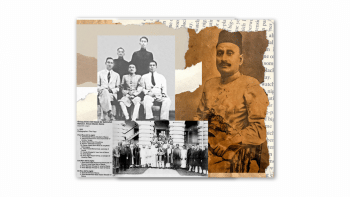


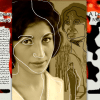
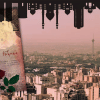
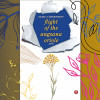
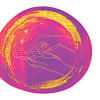


Comments